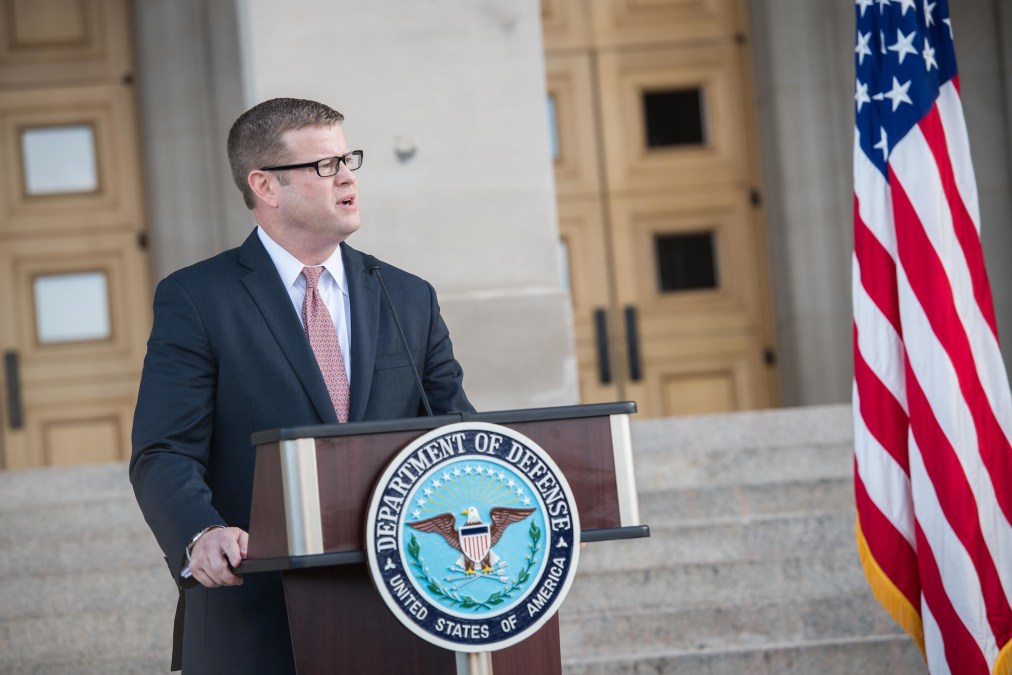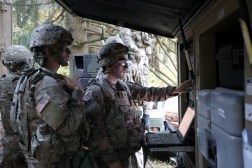The Army says it’s working with the Air Force on JADC2

The Army is ready to work with the Air Force to make the military’s futuristic network-of-networks an actual joint-services project, the secretary of the Army said Wednesday.
Secretary Ryan McCarthy’s comment about the Joint All Domain Command and Control (JADC2) system comes days after the Army and Air Force said they had signed “two-year collaboration” agreements to work together to make the interoperable communications system, which would be able to send data across all domains of warfare and branches of the military.
Looking to allay fears that the services are splintering in their own directions on the project, McCarthy emphasized the cooperation that is already happening. At a virtual event by the Hudson Institute, he described the recent developments as a “very good start to the discussion, but a lot of work to do.”
Despite the initiative to make JADC2 a force multiplier across the services, the branches of the military have a history of fierce independence and have already started naming their own parts of the program, like the Army’s “Project Convergence.”
McCarthy said that meetings started at the very top of each service, with the chief of staff of the Army, Gen. James McConville, and his Air Force counterpart, Gen. Charles Brown. He added that the Army has a commitment from the Navy and Marine Corps to join Project Convergence exercises next year, with Marines flying F-35 Joint Strike Fighters and sailors participating in the rapid exchange of data within the project coverage framework. (The news also comes as both chiefs are quarantining after a possible coronavirus exposure in the Pentagon.)
JADC2 aims to amplify the lethality of the military through greater battlefield coordination and an acceleration of decision making, “eliminating battle lines,” as one top general put it. The military hopes that by building a common data architecture, information will be able to flow from edge devices to commanders to speed up the decision making process. Another mantra repeated by many leaders is connecting “every sensor to every shooter.”
“You have to be able to crunch the data and put it in front of a decision-maker in a matter of seconds,” McCarthy said during the event. “Luck follows speed.”
Much of that speed will come from the technical backbone of the new joint doctrine. McCarthy said that there is a need in the Army to get data scientists and software developers in tactical units “at the edge.” It is one of the reasons the Army has launched technology education opportunities and a software factory in Texas to produce more software-savvy soldiers.
The service also needs a cloud computing system to be able to store and use the data that will be generated from sensors on the battlefield, the secretary said.
“Information has to be in a cloud environment so it is easily transferable,” the secretary said.
The Air Force has touted its Advanced Battle Management System and Platform One team as its technical backbone for enabling JADC2. Other services have begun using Platform One in their own technology-development stacks, but it remains to be seen how the next two years of collaboration between the Air Force and Army will yield the type of granular technical collaboration needed for JADC2’s development.




